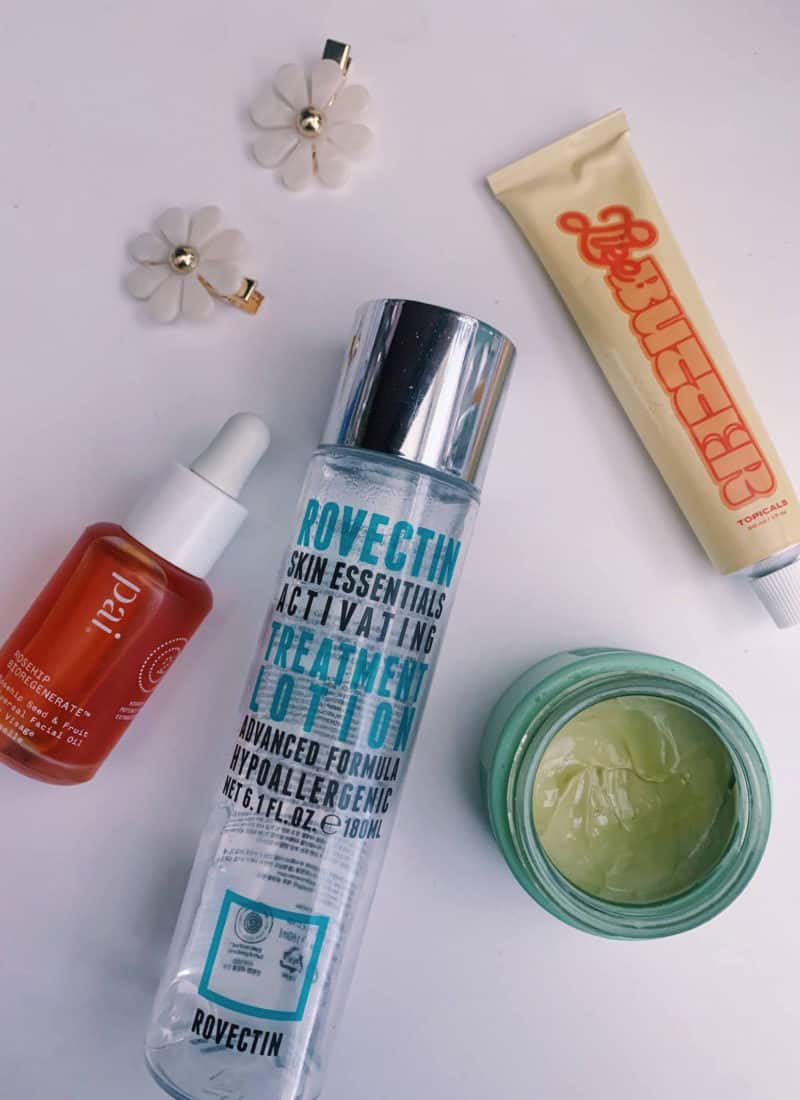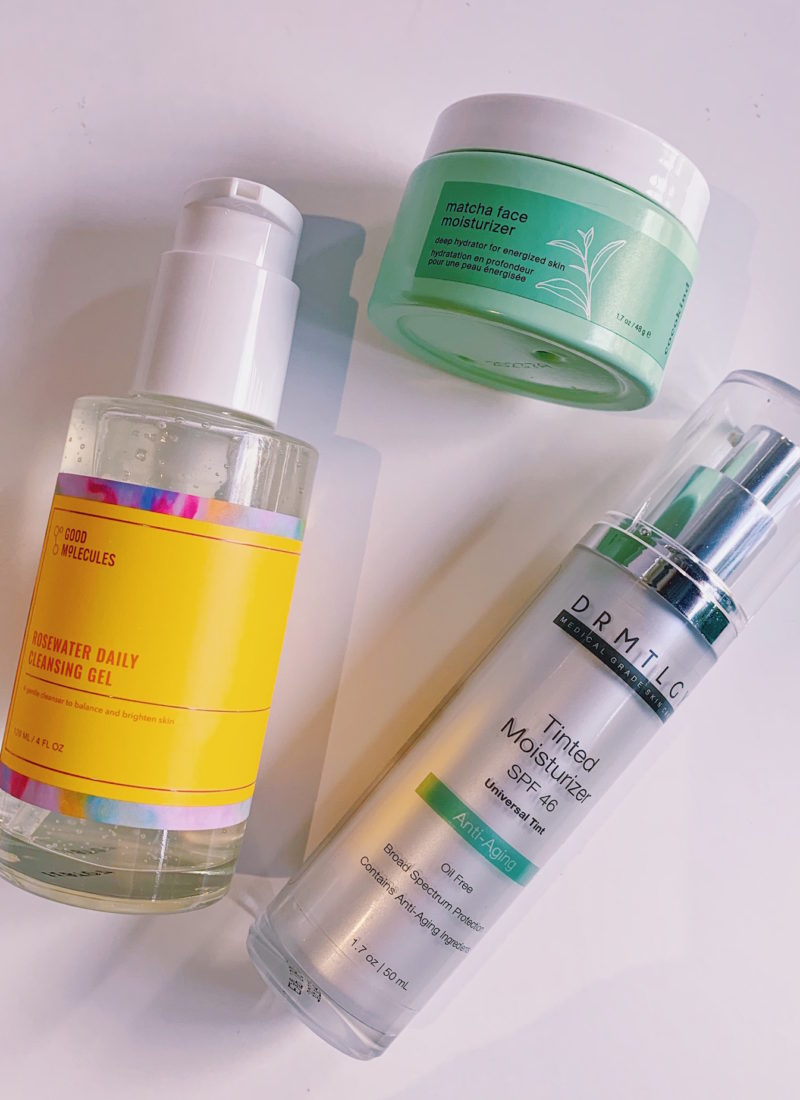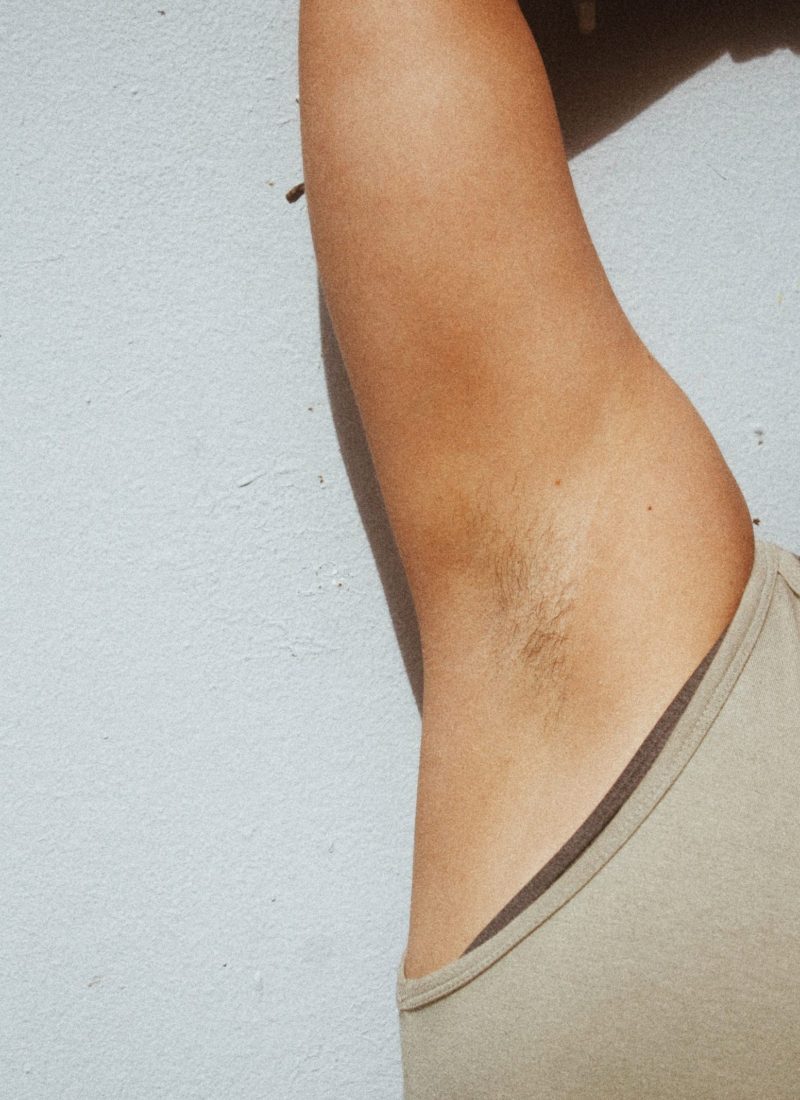The colder months are upon us, and with the colder weather comes flaky, dry skin around nose and other areas. If you’re dealing with a dry nose or just general dry skin this winter, I’ll be sharing my top tips for treating those dry patches.
Before we jump into how to treat dry, scaly skin, let’s first talk about why this happens:
Why do you get dry skin in the winter?
There’s a lot of factors that lead to extra dryness in the colder months. In general, the air is drier when it’s cold, so it’s easy for your skin to get dehydrated. On top of that, there’s a lot more wind and snow + a lot of people turn up their heaters during this time. The combination of dry air, weather changes, and increased heat can lead to dry flaky skin and increased redness and sensitivity.
Skin conditions like dermatitis and eczema can also flare during these times. If you’re experiencing a skin condition like eczema or a form of dermatitis (ex. atopic dermatitis, perioral dermatitis, seborrheic dermatitis), I highly recommend checking in with a derm for the best treatment for you!
The area around your nose is easily irritated, especially when you’re blowing your nose. Know that having a dry nose is very common and there’s lots of ways you can help keep it nourished!
Tips for Treating Dry Skin Around Nose
Now that you know why your skin gets more dry in the winter, let’s talk about my top tips for treating dry skin:
Tip #1: Layer on hydration
My first tip would be to add layers of hydration. Since our skin tends to get dehydrated during these months, layering on hydrating products helps to add back much needed hydration. My typical recommendation is using a hydrating toner, serum, and then moisturizer. These layers of hydration come at different viscosities, so they’re easy to layer on top of each other!
For example, hydrating toners tend to be very thin and help to “soften” the skin to improve the absorption of the products you put on after. Following with a humectant-rich serum (with ingredients like glycerin or hyaluronic acid) will help to bring hydration into the skin. Then finishing with a moisturizing cream helps to seal in that hydration and add in extra moisture!
If you want to keep things simple, you can just apply your moisturizer on damp skin to get some extra hydration and moisture!
Skin care product recommendations:
Cocokind Ceramide Barrier Serum
I’m From Mugwort Cream (Normal to Oily Skin Type)
Farmacy Honey Halo Moisturizer (Dry to Very Dry Skin Type)
Tip #2: Be cautious with actives
If you use active ingredients like exfoliating acids or retinoids, be cautious when applying! I know it’s tempting to use your exfoliators to remove dead skin cells, but proceed with caution! The colder weather can make your skin more sensitive, so the active products you’re used to using might be more irritating than usual. If you’re noticing lots of dryness and irritated skin, try reducing how often you’re using your actives or pause them for a bit and reintroduce them once your skin is back to normal.
If you notice lots of dryness or sensitivity around your eyes, nose crease, and mouth, this is very normal! The skin in corners of your eyes, nose, and mouth is very thin, so it’s easy to get a dry patch or more rough skin in these areas. If this happens consistently, try to avoid these areas when applying your active products. This can help prevent dry flaky skin in these areas.
Tip #3: Try slugging
Slugging was a big topic in 2021, and for good reason! “Slugging” is the act of using an occlusive product to lock in moisture and hydration into the skin. It helps to support and repair your skin barrier, so it helps to minimize skin irritation, making it a great option for sensitive skin and dry skin. It’s most commonly done with petroleum jelly, but you can use lots of different skincare products for this!
Aquaphor or other healing ointments are a great option, or a nourishing balm or facial oil. These will all help to lock in moisture! I recommend avoiding using pure coconut oil or shea butter since these can feel especially heavy on the skin. Instead, use a very small amount of your chosen occlusive on top of all of your other skin care products.
Now slugging isn’t going to work for everyone. Depending on your skin type, slugging might not work well for you. If you have very oily skin or acne prone skin, you might want to try a different option as slugging can feel heavy on the skin. Additionally, slugging helps to lock in the skincare products you apply underneath it, so I don’t recommend using an occlusive on top of strong active products like retinoids or exfoliating acids. Everyone’s skin is different, so you can always try it and see how your skin reacts!
If you’re dealing with dry, itchy skin, slugging can help repair your skin barrier and help your hydrating skincare products work better! If you want to try it, use a tiny bit of your occlusive once or twice a week to start to see how your skin reacts.
Skin care product recommendations:
Tip #4: Spot treat dry patches
If slugging doesn’t work for you, or you don’t like the idea of using a richer product all over your skin, you can try spot treating dry patches on your nose or other areas instead! You can use the same products mentioned (healing ointments, balms, and facial oils) to add extra nourishment to these areas. If your dry skin condition is mostly just a few patches, spot treating could be a good option!
Another product I love to use to nourish these patches is the Hero Cosmetics Rescue Balm! If red, irritated skin is your main skin concern, this is an amazing option. It has nourishing ingredients like shea butter and panthenol to calm the skin and minimize irritation. It’s meant to be used to speed up the healing process of pimples, but it works great healing dry, flaky skin too!
Hero Cosmetics also has a Red Correct version of their rescue balm, which is green tinted to help color correct any redness. I love using this during the day as a color corrector around my dry nose to help minimize redness on my dry skin. If you have redness-prone skin, this is a great skin-friendly way to nourish and correct your dry, sensitive skin ❤️
To use, apply a generous layer on any dry patches and leave on overnight to nourish and repair your skin. I tend to repeat this every night until the skin has healed.
Tip #5: Keep your skin protected
My last tip is the most important: Keep your skin protected! So important to use SPF every day, no matter what. I know when it’s cold and snowy outside sun protection doesn’t seem that important, but UV rays can still be strong regardless of weather.
If your skin‘s feeling dry, opt for a moisturizing sunscreen that provides broad-spectrum protection. This protects your skin against UVA & UVB rays to minimize your risk of sun damage and skin cancer. I recommend looking for at least SPF 30+ for every day!
Skin care product recommendations:
Black Girl Sunscreen Kids SPF 50
Drmtlgy Tinted SPF 46 (Full Drmtlgy Sunscreen Review)
And that’s it! If you’ve been dealing with dry skin around nose and other areas this winter, these tips can help! Opt for soothing, hydrating, and nourishing products to keep your skin looking glowy and healthy through the colder months. Remember to take care of your skin and keep it nourished!
Product links are affiliate links. I do earn a small commission if you purchase from these links (with no additional cost to you), which supports me and my blog. Feel free to check out all of my affiliate/referral links or shop my favorites if you decide to shop. Thank you for your support!



